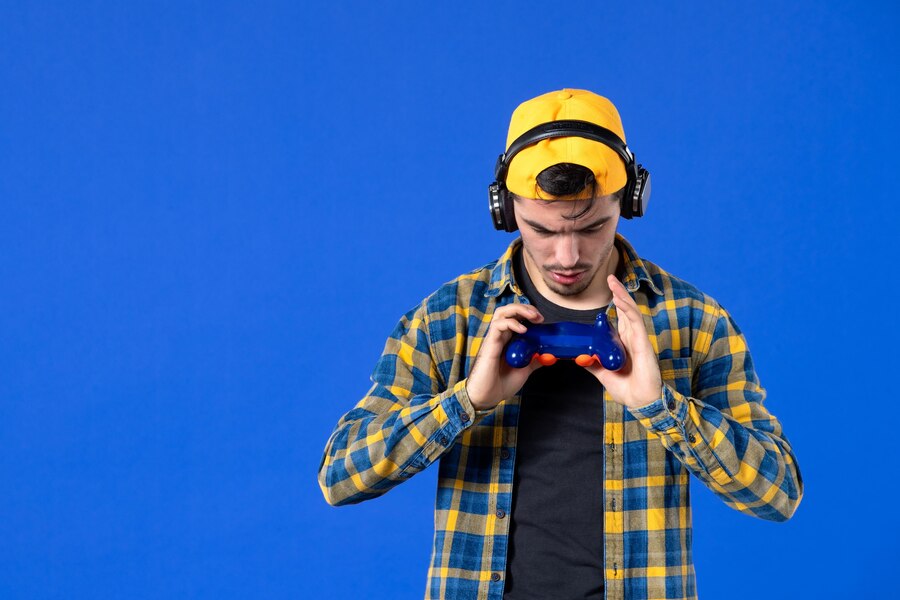Creating a game like PUBG (PlayerUnknown’s Battlegrounds), which is a complex online multiplayer battle royale game, involves several phases of development. It requires expertise in game development, design, and programming, as well as a strong understanding of multiplayer mechanics, physics, and player dynamics. Here’s a detailed execution plan for creating a game like PUBG, presented in a table format:
| Stage | Key Tasks | Details |
|---|---|---|
| 1. Pre-production | ||
| Concept and Idea | – Define the game concept, genre (battle royale), key features, and game mechanics. | Determine core mechanics like shrinking play zones, loot system, team modes (solo, duo, squad), weapon variety, and survival gameplay. |
| Market Research | – Research similar games and understand player expectations, competitors, and features. | Analyze games like PUBG, Fortnite, Apex Legends to identify unique selling points and areas for improvement in your game. |
| Target Audience & Platform | – Identify the target audience (age, region, devices) and the platform (PC, Console, Mobile). | This will affect game design, monetization strategy, and overall development approach (cross-platform support, controls, etc.). |
| Budget and Timeline | – Plan a budget for development, servers, assets, and marketing. | A game like PUBG requires significant investment, from development teams to server infrastructure. Estimate the overall cost and break it down into stages. |
| 2. Game Design | ||
| Game World Design | – Design the game world: map, terrain, and environmental elements. | Large maps with diverse landscapes (mountains, urban areas, water bodies, etc.), interactive elements, and realistic environments. Focus on scalable level design that fits 100 players. |
| Character Design | – Create character models, skins, animations, and customization options. | Design realistic 3D models with options for player customization (clothes, accessories, skins). Ensure the models are optimized for performance. |
| Weapons and Items | – Design a wide range of weapons, ammo types, medical kits, and utility items. | Each weapon needs unique behavior, stats, and animations (e.g., recoil, reload speed). Incorporate weapon attachments (scopes, grips) and balancing systems. |
| Game Mechanics | – Define core game mechanics like shooting, looting, health systems, damage zones, reviving teammates, vehicles, etc. | Program mechanics like bullet physics, player movement, stamina, and health systems. Design the shrinking safe zone mechanic and damage-over-time features to increase game tension. |
| 3. Technical Development | ||
| Game Engine Selection | – Choose a game engine (e.g., Unreal Engine, Unity). | PUBG uses Unreal Engine, which is well-suited for large-scale multiplayer games. Your engine choice will depend on your budget, team expertise, and required features (networking, physics, graphics). |
| Programming/Development | – Code the core functionality: gameplay mechanics, server infrastructure, AI, physics, multiplayer systems. | Develop player movement, combat systems, weapon mechanics, and network synchronization. For multiplayer games, client-server architecture is crucial to manage a large number of players. |
| Network/Multiplayer Integration | – Implement multiplayer networking, matchmaking, and server optimization. | Use dedicated servers for matchmaking, reduce latency, implement anti-cheat systems, and optimize the netcode to ensure smooth multiplayer gameplay for 100+ players per match. |
| User Interface (UI) Development | – Design a user-friendly HUD (Heads-up display), in-game menus, inventory system, and settings. | Create intuitive UI for inventory management, health display, map navigation, and combat (ammo count, weapon switching). Ensure accessibility and mobile-friendly design if targeting cross-platform. |
| Physics and Animation | – Implement physics-based systems for vehicles, player movement, bullet trajectory, and environmental destruction. | Ensure realistic vehicle mechanics and bullet trajectories based on real-world physics. Optimize animations for jumping, crouching, shooting, reloading, and healing actions. |
| 4. Art and Graphics | ||
| Environment and Map Art | – Create 3D assets for the environment, including trees, buildings, roads, and landscape. | Large, detailed maps need to be visually appealing while also optimized for performance. The environment should include both urban and rural elements, and terrain variations for tactical gameplay. |
| Character and Weapon Models | – Develop 3D character models, weapons, vehicles, and other in-game objects. | High-detail weapon models and character animations will enhance player immersion. Use realistic textures and optimize models for performance across platforms. |
| Visual Effects (VFX) | – Add effects like weather, lighting, explosions, fire, and particle effects. | Dynamic weather, day/night cycles, and particle effects (smoke, fire, blood) will increase immersion. |
| 5. Testing and Quality Assurance | ||
| Alpha and Beta Testing | – Conduct multiple phases of testing: alpha (internal testing), closed beta, open beta. | Test core gameplay, server load, bug fixes, and balance issues. Use feedback from beta testers to improve the game before full release. |
| Bug Fixing and Optimization | – Optimize performance (FPS, lag reduction) across devices, fix bugs, and polish mechanics. | Multiplayer games often face lag and performance issues. Optimization techniques like LOD (level of detail), culling, and network packet optimization will be necessary to reduce server load and ensure smooth gameplay. |
| 6. Monetization and Launch | ||
| Monetization Strategy | – Define in-game purchases like battle passes, skins, loot boxes, and other microtransactions. | Games like PUBG use a combination of premium purchases (e.g., skins, characters) and battle passes to sustain revenue. Be mindful of not making the game “pay-to-win” by balancing gameplay rewards and purchases. |
| Marketing and Community Building | – Promote the game through social media, influencers, trailers, and community events. | Build hype with gameplay teasers, release a roadmap for updates, and engage the community through forums, Discord, and tournaments. |
| Game Launch | – Launch the game on chosen platforms (PC, consoles, mobile). | Ensure that the servers are ready for a high influx of players at launch. Partner with streamers and influencers to promote the game on platforms like Twitch and YouTube. |
| 7. Post-launch Support | ||
| Regular Updates and Patches | – Continuously release new content (maps, weapons, modes) and fix bugs based on community feedback. | Multiplayer games require ongoing support with updates and seasonal events to retain the player base. This includes balancing updates, new skins, and engaging live events. |
| Community Management | – Engage with the player community and handle feedback, complaints, and suggestions. | Create a dedicated support system and online presence (via forums, Discord, etc.) for handling player reports, cheating issues, and player feedback for improving the game experience. |
This plan outlines the detailed steps required to create a game like PUBG, focusing on the major components of game development, design, programming, and launch execution. Developing a game of this scale requires a multidisciplinary team with expertise in areas such as 3D modeling, network programming, game mechanics, and marketing.

